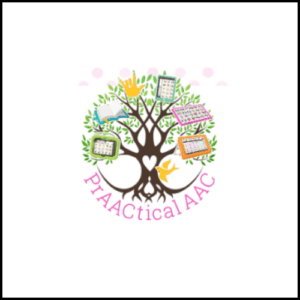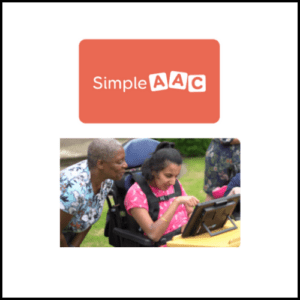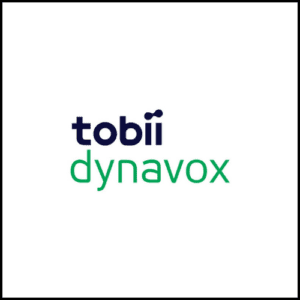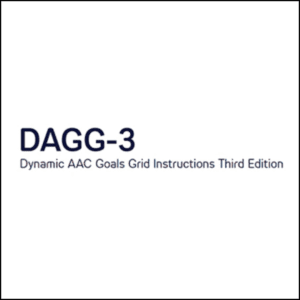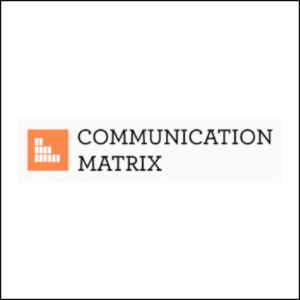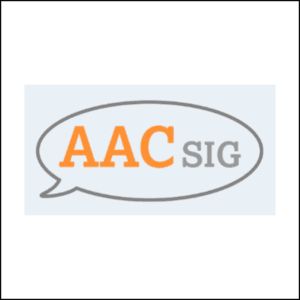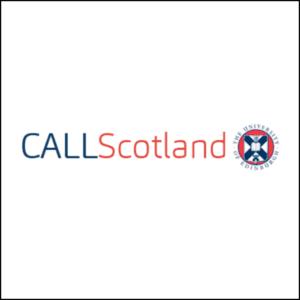AAC Professional Development, Theory and Target Setting
Below are links to resources and guidance on the theory behind AAC for children and young people.
These resources provide practical strategies for setting individual meaningful targets, and professional development tools to help young people and their others successfully adopt and benefit from AAC interventions.
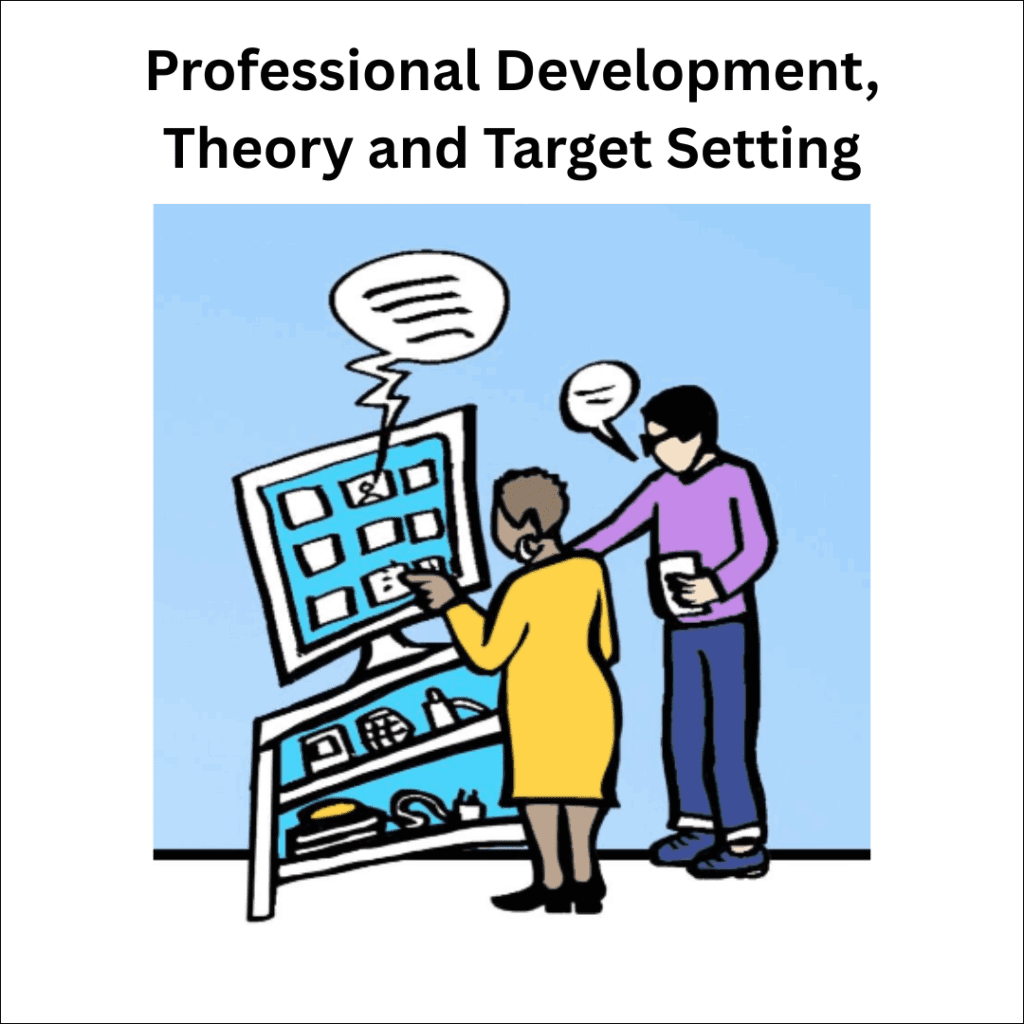
Full of resources and information in implementing universal core vocabulary throughout learning, specifically for those with significant disabilities who do not yet use speech, signs or symbols to communicate in flexible ways.
Offers lesson plans, activities and a range of resources for teaching and supporting literacy for AAC users. Some resources are free but you can purchase an annual membership.
Dynamic Learning Maps (DLM) I
Is an assessment system designed to measure the academic progress of students with significant cognitive disabilities, using a learning map model to guide instruction and assessment.
Literacy Instruction for students with Complex Communication Needs
Literacy instruction and information for learners with significant disabilities. Very useful information on old assumptions and the new ways of thinking.
A large collection of learning resources which are designed to support implementation of any communication device that is based on core words.
A large library of illustrated books designed to support you teaching 36 core words. Each is supported with 5 unique lessons designed to be used over the course of a week.
Comprehensive Literacy for all -AAC Resources
Information about comprehensive literacy instruction with a focus on students with complex communication needs and significant disabilities.
Structured communication activities for fun and learning.
A framework for supporting communication partners of those who use AAC, that evolved in response to the need to go beyond the imperative and always present conversations of “use core words” and “model AAC”.
A framework bringing together all the key ideas about how we can help support early AAC learners to develop their communication skills.
A free learning guide for TDSnap communication app to help caregivers, educators, therapists and communication partners achieve their goals.
The Dynamic AAC Goals Grid 3rd Edition
A tool for professionals to use to assess/set targets for AAC users. The DAGG-3 utilises operational, linguistic, social, and strategic communicative competencies to track progress over time.
Is an assessment tool used to identify progress in communicative ability, useful for guiding next steps in intervention planning.
A set of resources used to evaluate contextual communication within social situations. These observational tools largely focus on pragmatic language skills such as turn-taking or initiating conversations, and can be used to evaluate functional communication.
IPAACKS (Informing and Profiling AAC Knowledge and Skills)
Is a development framework outlining best practice and necessary skills for professionals supporting individuals with AAC devices.
The AAC Special Interest Group of the Royal College of Speech and Language Therapists offers resources, discussion and training opportunities within its forum.
Offers real-life solutions in support of language development. Explore language stages and interactive materials designed for Speech Language Pathologists (SLPs), Educators and Parents. An annual subscription provides full access to all materials including guided lesson plans, an activities section, a language screener, implementation tips and more.
Helps children and young people to overcome disability and barriers to learning, and to fulfil their potential. They have a range of resources and training.












